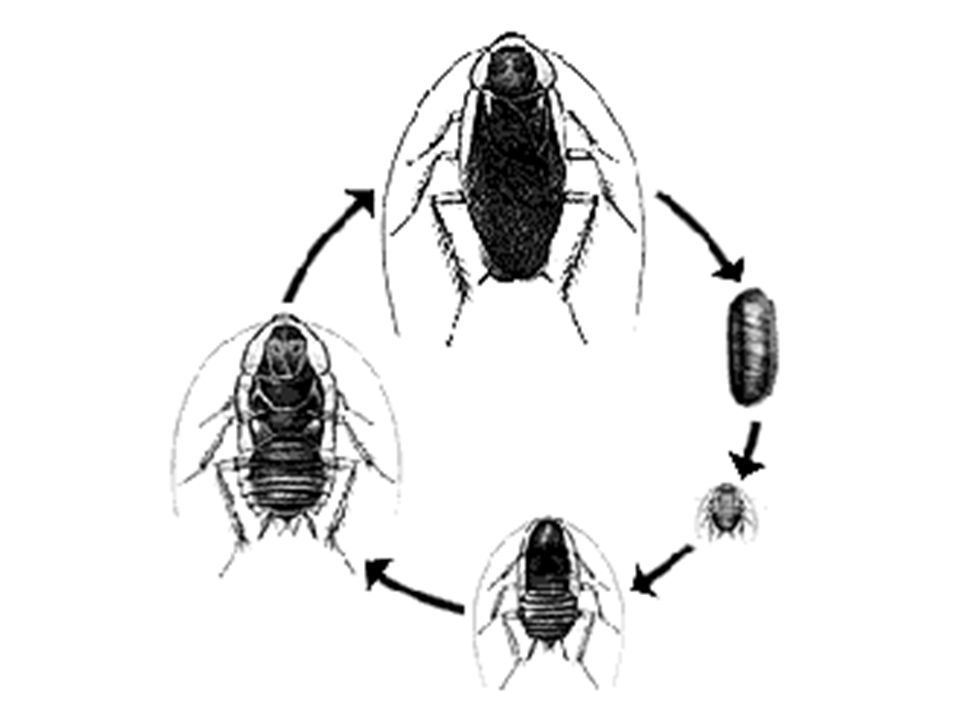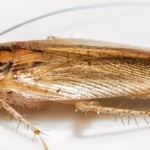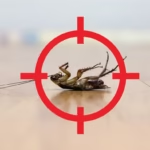The German cockroach (Blattella germanica) is one of the most common household pests worldwide. Understanding their life cycle is key to effective pest management, as each stage presents different challenges and opportunities for control. This article delves into the details of the German cockroach life cycle, from egg to adult.
Stage 1: Egg (Ootheca)
The life cycle of a German cockroach begins with an egg case, known as an ootheca. Female German cockroaches produce oothecae that are:
- Light brown and bean-shaped, measuring about 8 mm in length.
- Containing 30-50 eggs per case.
The female carries the ootheca partially exposed at the tip of her abdomen for most of its development, which provides protection to the eggs. She deposits the ootheca in a secure, hidden location just before the eggs hatch. Under optimal conditions, the eggs hatch within 20-30 days, depending on temperature and humidity.
Stage 2: Nymph
Once hatched, the nymph stage begins. German cockroach nymphs:
- Appear wingless and are dark brown to black.
- Undergo 6-7 molts before reaching maturity.
During this stage, nymphs grow in size and develop their characteristic adult features. This stage lasts 40-125 days, depending on environmental conditions. Nymphs are particularly vulnerable to predators and insecticides during this phase.
Stage 3: Adult
After their final molt, German cockroaches become adults. Adult German cockroaches:
- Are light brown or tan with two parallel dark stripes running down their backs.
- Measure about 13-16 mm in length.
- Possess fully developed wings but rarely fly.
Adults are prolific breeders, with females capable of producing 4-8 oothecae in their lifetime, each containing dozens of eggs. Under ideal conditions, an adult German cockroach can live up to 200 days, perpetuating the infestation.
Factors Influencing the Life Cycle
Several factors affect the duration of the German cockroach life cycle:
- Temperature: Warm environments (77-86°F) accelerate development, while cooler conditions slow it down.
- Humidity: High humidity levels promote faster growth and reproduction.
- Food and Water Availability: Readily available food and water sources support rapid population growth.
Importance of Understanding the Life Cycle
By understanding the life cycle of German cockroaches, homeowners and pest control professionals can target interventions more effectively:
- Egg Stage: Use insect growth regulators (IGRs) to prevent eggs from hatching.
- Nymph Stage: Apply residual insecticides in hiding spots to eliminate nymphs.
- Adult Stage: Use baits and traps to reduce the breeding population.
Conclusion
The German cockroach’s life cycle is a key factor in its resilience and rapid reproduction. Each stage—from egg to nymph to adult—offers unique challenges for pest control. A comprehensive understanding of their development and behavior is essential for effective management and long-term prevention.



